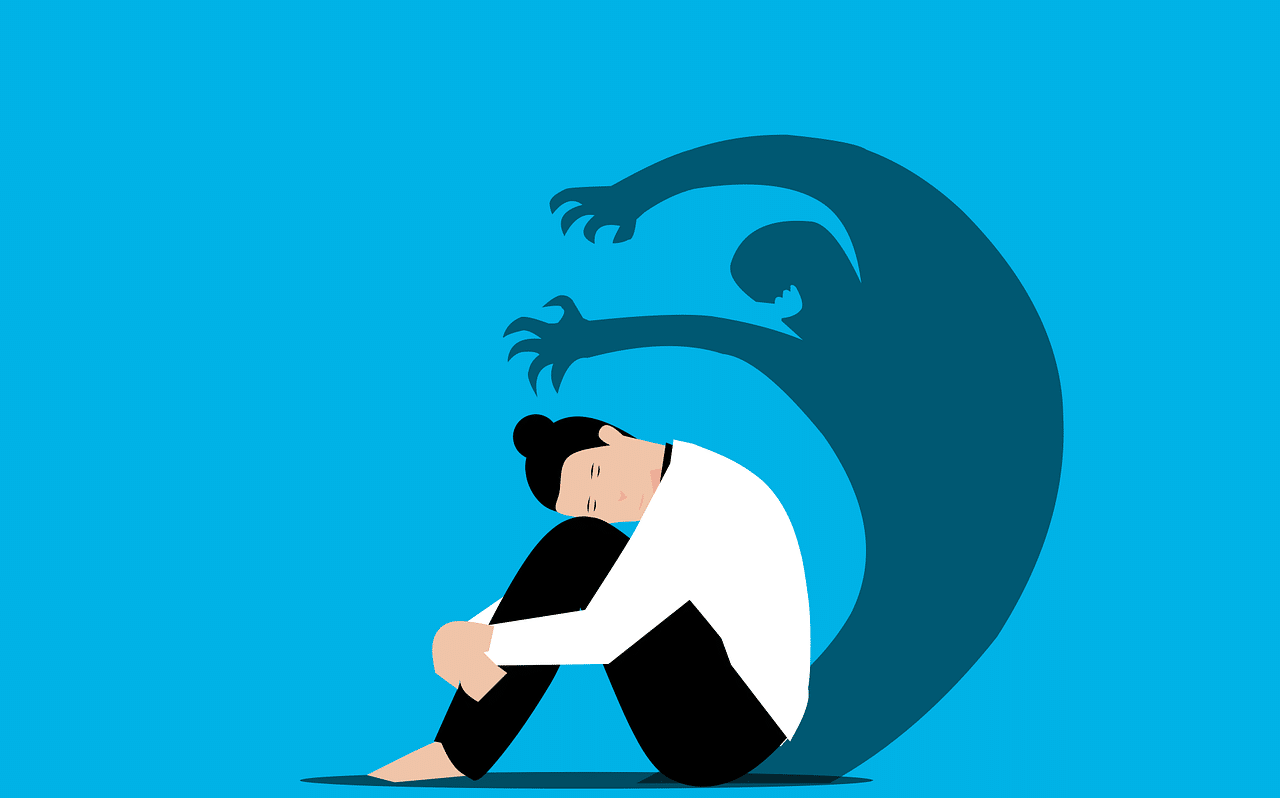
A panic attack is characterized by the sudden onset of a very intense fear.
A panic attack is a phenomenon that occurs when a person suddenly experiences a very intense fear . The attack can last a few minutes or even hours.
To understand the notion, it is necessary to first define the terms that make it up. The act and result of attacking is called an attack : attack, attack, offend. Panic , on the other hand, is an intense feeling of fear .
Characteristics of a panic attack
Considered a panic attack , panic attacks appear without an apparent cause. The individual, without knowing why, begins to feel terrified and his or her body reacts as if it were facing a specific threat. The subject, in this way, begins to have breathing problems, tremors , tachycardia , excessive sweating and dizziness, among other symptoms.
A panic attack is associated with a sudden increase in anxiety . The person is not aware of the specific reason that triggers the situation: it is something that causes them a lot of distress and that they cannot process to assimilate it into their psychic structure.
In addition to the feeling of terror and the physical effects, it is common for the person to be unable to correctly relate their surroundings to reality and to experience a strangeness about themselves. Also common is the feeling of losing control over your body and your life in general.
When panic attacks are recurrent, the individual suffers from what is known as a panic disorder . This condition is usually treated with psychological therapy (to detect the real reason for the distress ) and with drugs prescribed by a doctor to alleviate the physiological effects (antidepressants, anxiolytics).

Treatment for panic attacks may include psychological therapy and medications.
Four steps to overcome the phenomenon
Despite the severity of the symptoms , stopping a panic attack is not difficult. In technical terms, it simply consists of overriding the emergency message that the adrenal glands receive. Following a series of four steps defined by specialists, it is possible for the attacks to last no more than three minutes , and statistics show that once learned, their effectiveness increases with practice.
Before proceeding to detail the four steps, it is necessary to clarify that the definitive solution requires finding the cause of anxiety and working to stop it from affecting us negatively, a job that can take a lot of time and determination .
The first step is relaxation . It is necessary to become aware that we are suffering a panic attack and that we can overcome it. Controlling breathing is key, and to do this we must inhale slowly and deeply, trying to fill the lower part of the lungs and then exhale until all the air is expelled, to reduce the adrenaline level.
Once we have regained control of our breathing, we must stop the flow of negative thoughts . To do this, it is usually useful to say out loud any phrase that helps us scare them away, such as "enough!" or "get out!" . This step opposes the most common tendency, which consists of repeating destructive phrases until entering a vicious circle .
In a similar way to the previous step, we must say phrases that calm us as opposed to the catastrophic ideas that usually arise during attacks. For example, if we fear we are having a heart attack we can choose to repeat "it is simply a panic attack and the heart is beating harder than normal, nothing more."
Finally, although we should not necessarily do it fourthly, it is important to accept one's own emotions . There is no point denying or minimizing the fear we feel during an episode , but rather we must get to the root of the problem and try to understand the reasons that awaken it.
